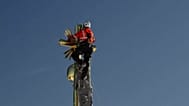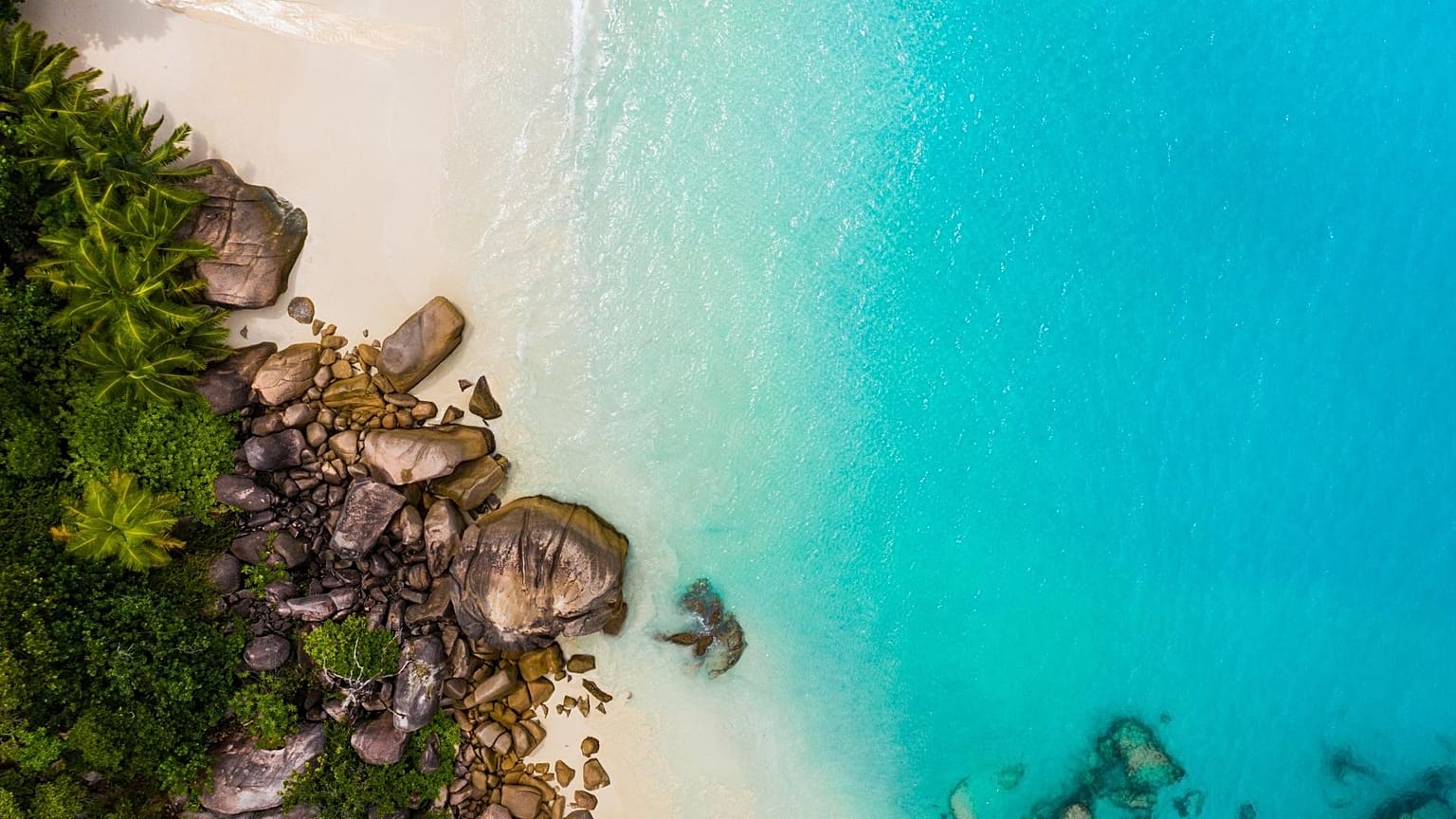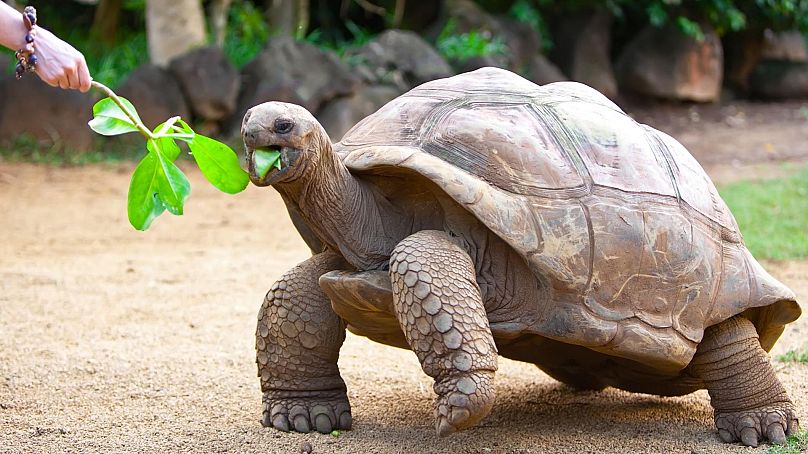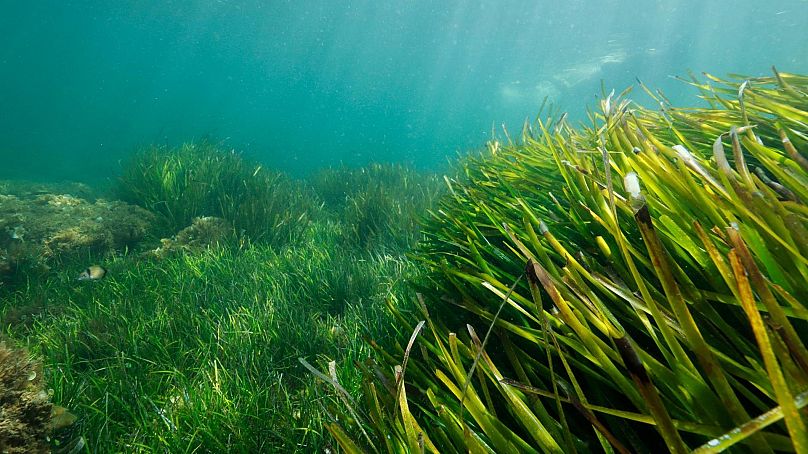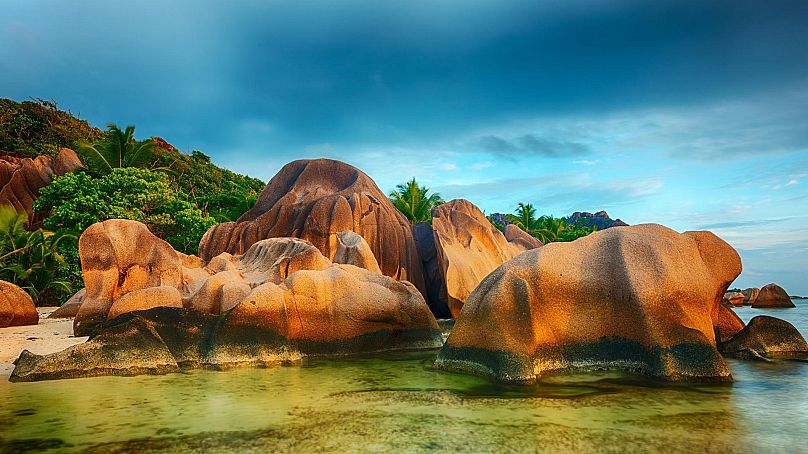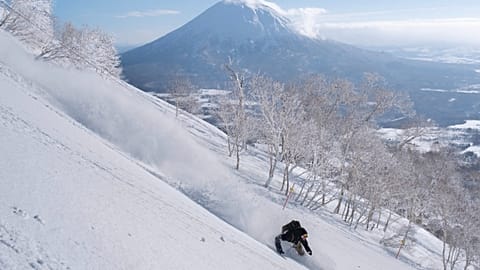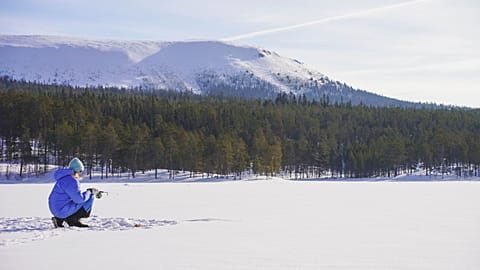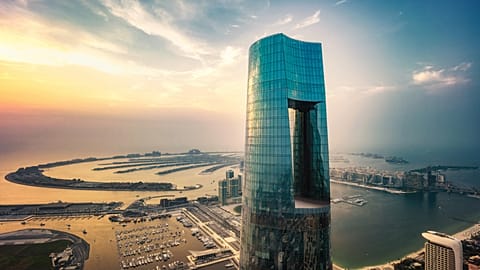Home to just 90,000 people, the 115 islands of Seychelles are at the forefront of the climate crisis.
If you want to get away from it all in 2023, then Seychelles may be the ideal destination for you. The Indian Ocean archipelago, which lies 1,609 kilometres off the coast of east Africa, is made up of 115 islands - with only eight populated by humans.
Being so close to the equator means that Seychelles enjoys nearly 12 hours of sunshine a day, with temperatures rarely dropping below 23 degrees Celsius.
What is Mahé like?
Mahé, the country’s main island, is home to around 90 per cent of the population, while many other islands are inhabited solely by animals. These include the giant land tortoises which roams Aldabra Atoll, a raised chain of coral islands that form one of the Seychelles’ most fragile and untouched ecosystems. A UNESCO World Heritage Site, you’ll need to get special permission to visit its inhabitants, which also include the Indian Ocean’s last flightless bird, the white throated rail.
Seychelles is on the frontline of the climate crisis
While this may sound idyllic, Seychelles is at the forefront of the climate crisis. Mahé sits just two metres above sea level, making it very vulnerable to potential sea level rises.
“Seychelles is not responsible for what is causing sea level rises, not at all, but we are suffering from it,” says Sylvestre Radegonde, Seychelles’ Minister of Tourism.
“So our message again to the world is that, to those who pollute, those who destroy the environment, you have to be responsible. You have to pay for it. You cannot ask us, we are not responsible, we’re just victims, and you’ve got to help us to protect ourselves.”
How is Seychelles trying to stay above water?
In order to try and preserve its natural environment for future generations, Seychelles has begun mapping its seagrass meadows. These vast underwater ecosystems - Seychelles has an estimated 20,000 km2 of seagrass surrounding its coastline - are excellent at sequestering carbon and home to unique marine ecosystems too.
In 2021, Seychelles pledged to protect 100 per cent of its seagrass meadows and mangroves as part of its commitment to the Paris Agreement.
But while the country is keen to protect its fragile habitats, its economy is reliant on tourism too, which is why COVID had such a big impact.
What was the impact of COVID on Seychelles?
“It had a tremendous impact to be honest with you,” explains Sylvestre Radegonde. “As you know, Seychelles has depended for quite a while now primarily on tourism for its economy, and when COVID hit, it meant that the whole economy was on its knees.
“We started wondering how we were going to pay civil servants because there was no money in the coffers at all.”
This economic instability forced Seychelles to be brave in the face of COVID restrictions.
“Early in 2021, we vaccinated the maximum number of people…and in March 2021, when the rest of the world was closing down, we took the bold decision to re-open to the whole world, all we asked for was a 72-hour PCR test.”
This daring decision paid off, and the country is now achieving close to 90 per cent of its pre-COVID tourism figures.
What can I do in Seychelles?
Despite its increasing popularity, Sylvestre also wants the world to know that there is so much more to Seychelles than sea, beach and sun.
“We’re looking to go into cultural tourism, encouraging tourists to leave their hotels to go into the community, into the villages, to get to experience the Seychelles culture. To start learning the language, start dancing, start cooking.”
Visitors can book themselves in for a Creole cooking class, to experience a taste of the local cuisine, or explore some of the restaurants in Mahé, many of which serve fresh and salted fish, alongside rice dishes and curries.
Whether you’re into nature, adventure or just want to enjoy some downtime, Radegonde is keen to show that there’s something for everyone here. “If you want to be with birds, we’ll send you to a bird island and you’ll be surrounded by thousands of birds,” he explains.
“There’s islands with just land tortoises, huge land tortoises, islands where you can go fly fishing, islands where you can go and just relax, and do nothing at all.
“Seychelles is another world...115 islands, each one different, one from the other.”

